Whether you need dates for a recipe or just to snack. In this comprehensive guide, we are covering 29 types of dates with helpful photos of each!
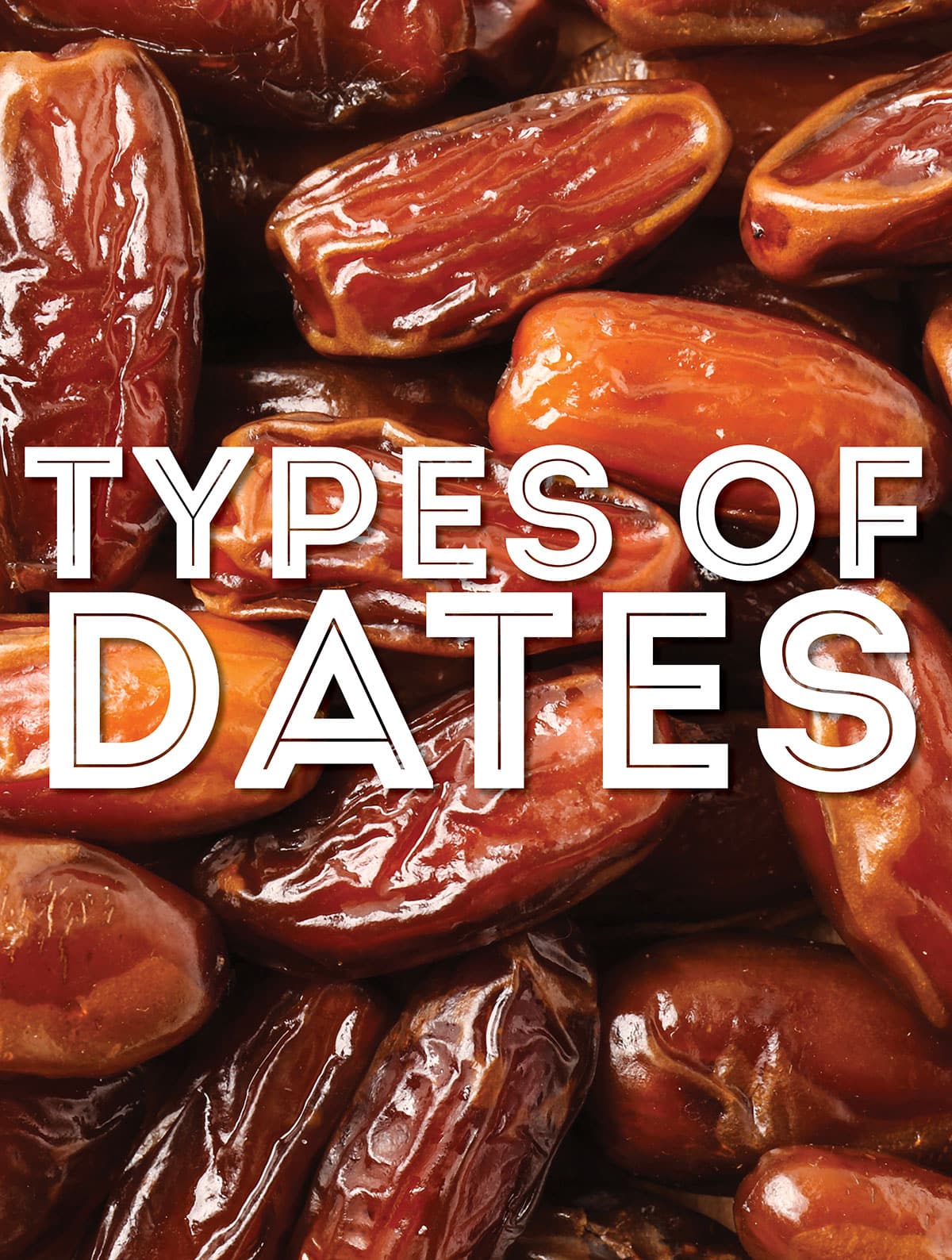
Origin of Dates
Dates are a stone fruit, meaning they have a single seed surrounded by an outer fleshy fruit (like peaches, mangoes, and olives). They’re grown on date palm trees, so where you would usually envision coconuts, picture big bunches of hundreds of dates! They go way back. Like 50 million years back, according to fossils.
We humans quickly learned of their magic thousands of years ago in Mesopotamia (a region centered around modern day Iraq), and the date has remained an important crop in the Middle East and Northern Africa ever since. Egypt is the largest producer of dates today, followed by just about every other Middle Eastern country. Oh, and yes we grow a large crop here in the USA as well, mostly in Southern California and Arizona.
But of course, in our ever-globalizing world just about everyone can get their hands on some wonderly delicious dates today. You can find them in the bulk foods section, with the produce, and bagged or boxed with other shelf-stable foods in many groceries.
In the U.S. you’ll mostly find the plump and tender Medjool Dates. The next most common is the slender Deglet Noor Date, supposedly the “Queen of Dates”.If you want to know even more about how to select, store, more on dates go to our Comprehensive Guide to Dates.
Date Trivia
Before we look at the many varieties of dates here is a Date Trivia question. The English word date comes from the Greek word daktylos, but what does that translate to? Scroll to the bottom of this post to find the answer!
29 Different Types of Dates
There are many varieties of dates in the world, but these types of dates are some of the most common!
Ajwah Dates
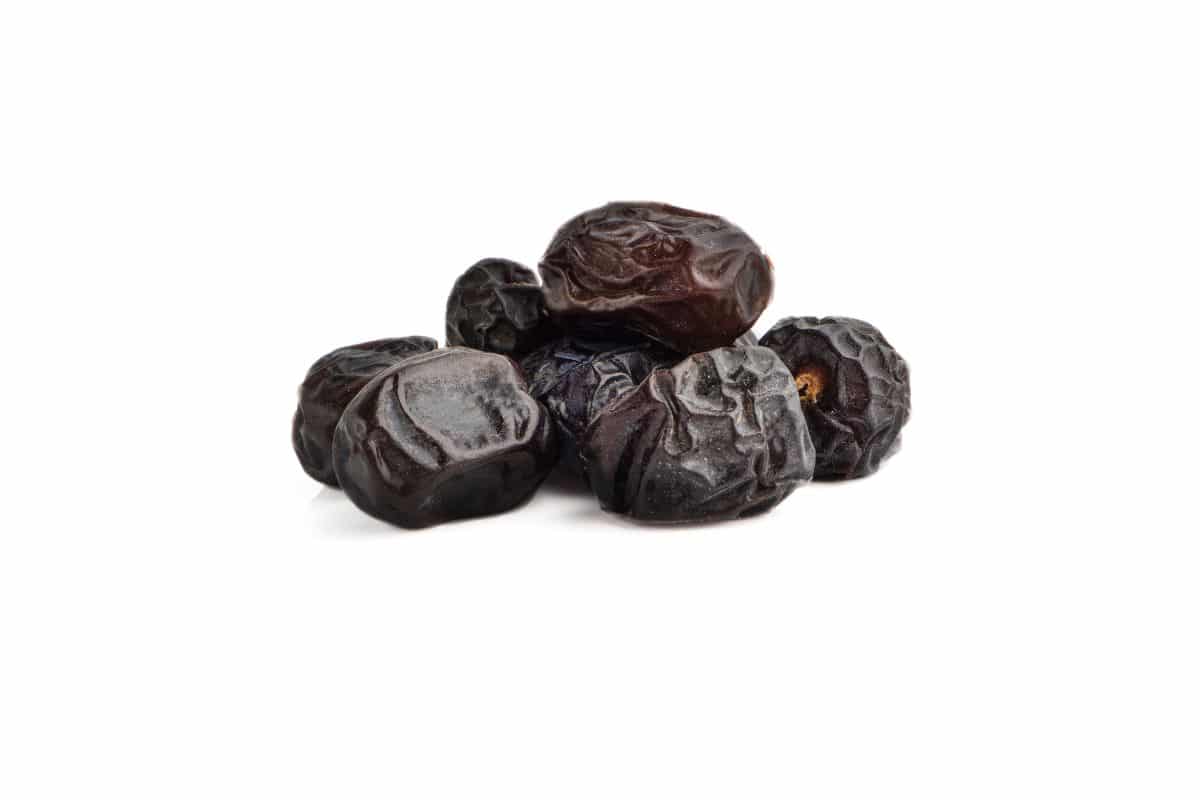
Origin: Ajwah dates are primarily grown in Saudi Arabia, particularly in the Madina region (one of the Kingdom’s two revered religious sites on par with Mecca). Ajwah dates hold significant cultural and religious importance among many Muslims, as they are mentioned in Islamic scriptures. They are often consumed as a sunnah (recommended) food during Ramadan and are believed to have numerous health benefits.
Appearance: Ajwah dates are small-sized dates with a dark brown to black color.
Flavor: Ajwah dates have a soft and moist texture and are easily distinguishable by their elongated shape and a slight groove on one side. Ajwah dates have a unique and distinctive taste that is mildly sweet with a hint of bitterness.They are less sugary compared to other date varieties, making them a preferred choice for those who prefer less sweetness than most dates have.
Ambera Dates
Origin: Ambera dates are native to the Middle East, particularly Saudi Arabia and the United Arab Emirates. They are also cultivated in other regions with similarly suitable climates, such as North Africa. Ambera dates are medium-sized, elongated dates with a firm texture.
Appearance: They have a golden-brown color and a slightly wrinkled exterior. The flesh of Ambera dates is sweet, soft, and juicy.
Flavor: These dates have a rich, caramel-like flavor with notes of honey and a hint of nuttiness. They are known for their intense sweetness, making them a delightful treat on their own, or they can be used as a natural sweetener in desserts, smoothies, and baked goods.
Barhi Dates
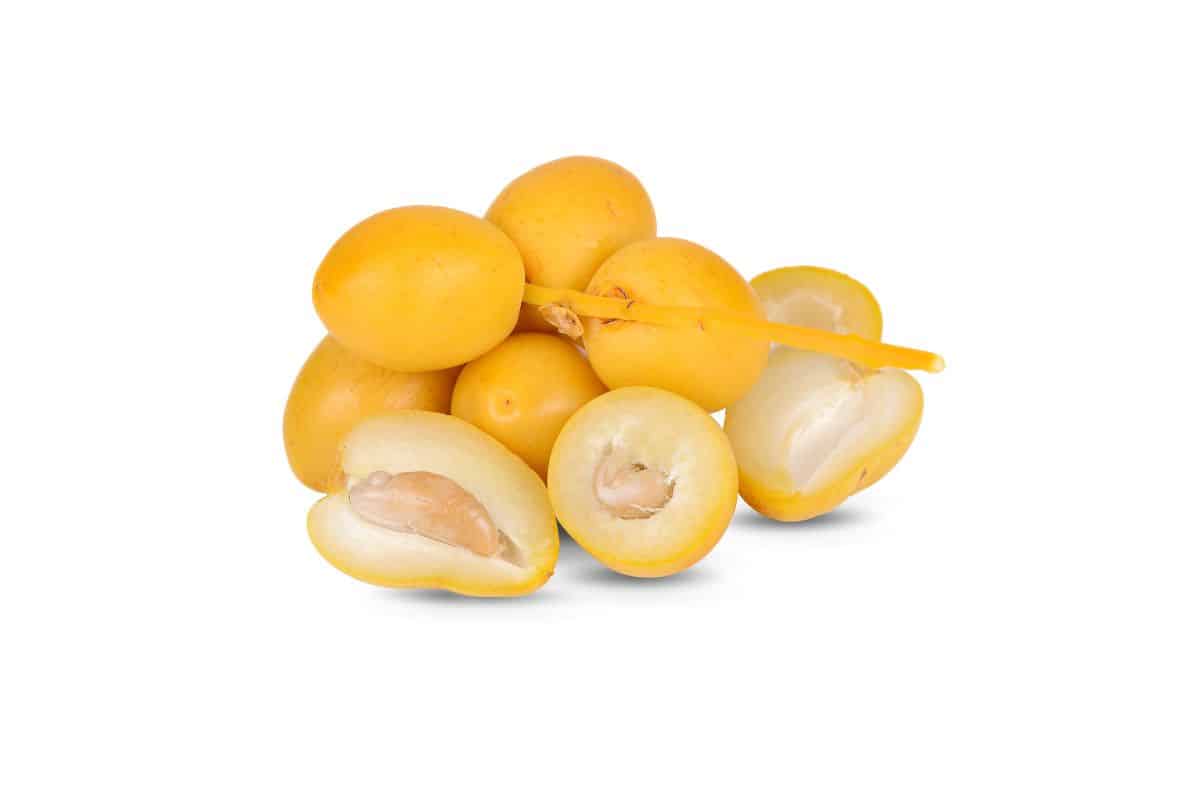
Origin: Also known as Barhee Dates or Barhi Yellow Dates, Barhi are believed to have originated in Basra, Iraq. They are today, however, widely cultivated in several regions around the world, including the Middle East, North Africa, and California.
Appearance & Flavor: Barhi dates are small to medium-sized and have a round shape. When unripe, they start as bright yellow and turn to a caramel or dark brown color when fully ripe. Barhi dates have a soft and creamy texture, and are said to be the most delicate date variety. Barhi dates are exceptionally sweet with a honey-like flavor often described as “buttery.”
Uses: These dates tend to maintain their texture when cooked making them ideal for use as a natural sweetener in recipes like energy balls, granola bars, and desserts. They can also be stuffed with nuts or enjoyed alongside cheese and charcuterie. They would be the perfect date for these Homemade Larabars.
Chinese Dates
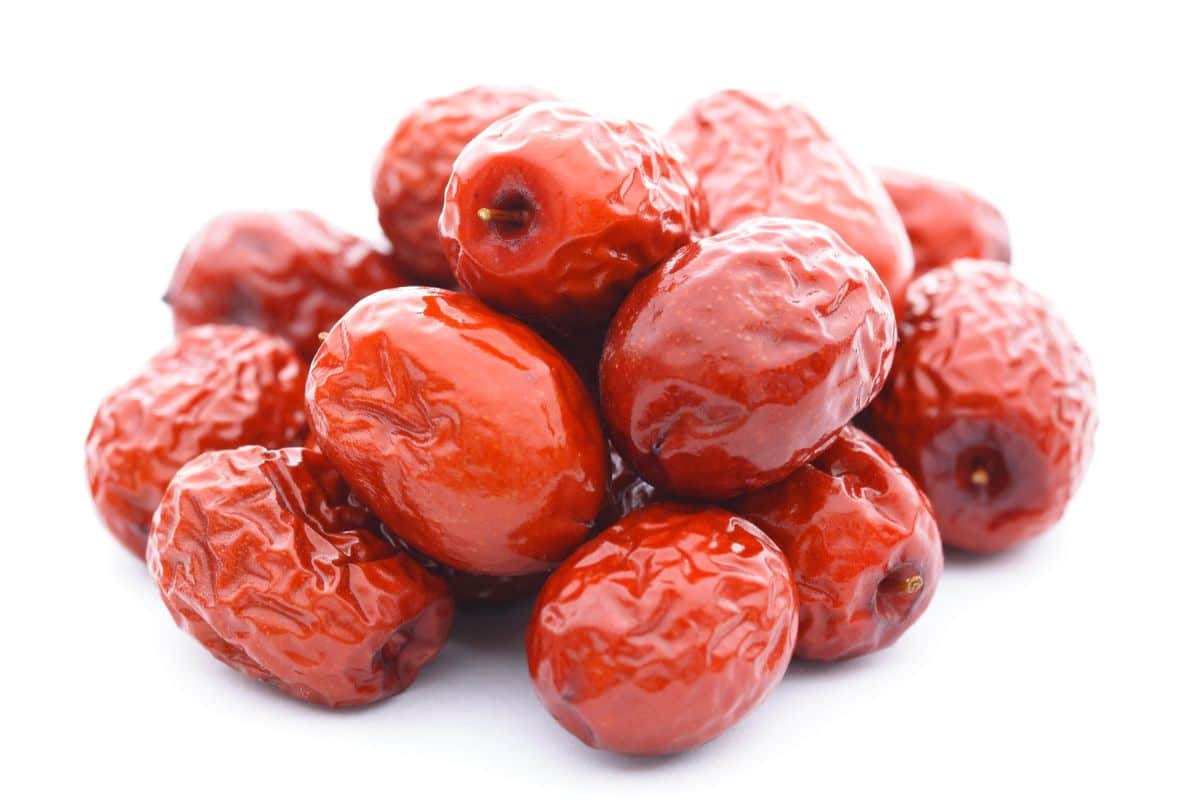
Origin: The Chinese date, also known as Jujube, originates from China and has been cultivated there for thousands of years.
Appearance & Flavor: Chinese dates are small (about 1 cm) round fruits with a wrinkled reddish-brown skin. They have a chewy flesh and a texture that can range from crispy and crunchy when unripe to soft and chewy when fully ripe. Chinese dates usually have a single stone or seed in the center. Chinese dates have a unique flavor that combines sweetness with a subtle tartness, and have a flavor reminiscent of apples.
Uses: Chinese dates are commonly eaten fresh as a snack or used in cooking and baking. They can be added to both sweet and savory dishes, including desserts, stews, soups, and sauces. Chinese date paste or syrup is also made from the fruit and used as a natural sweetener in various recipes.
Dayri Dates
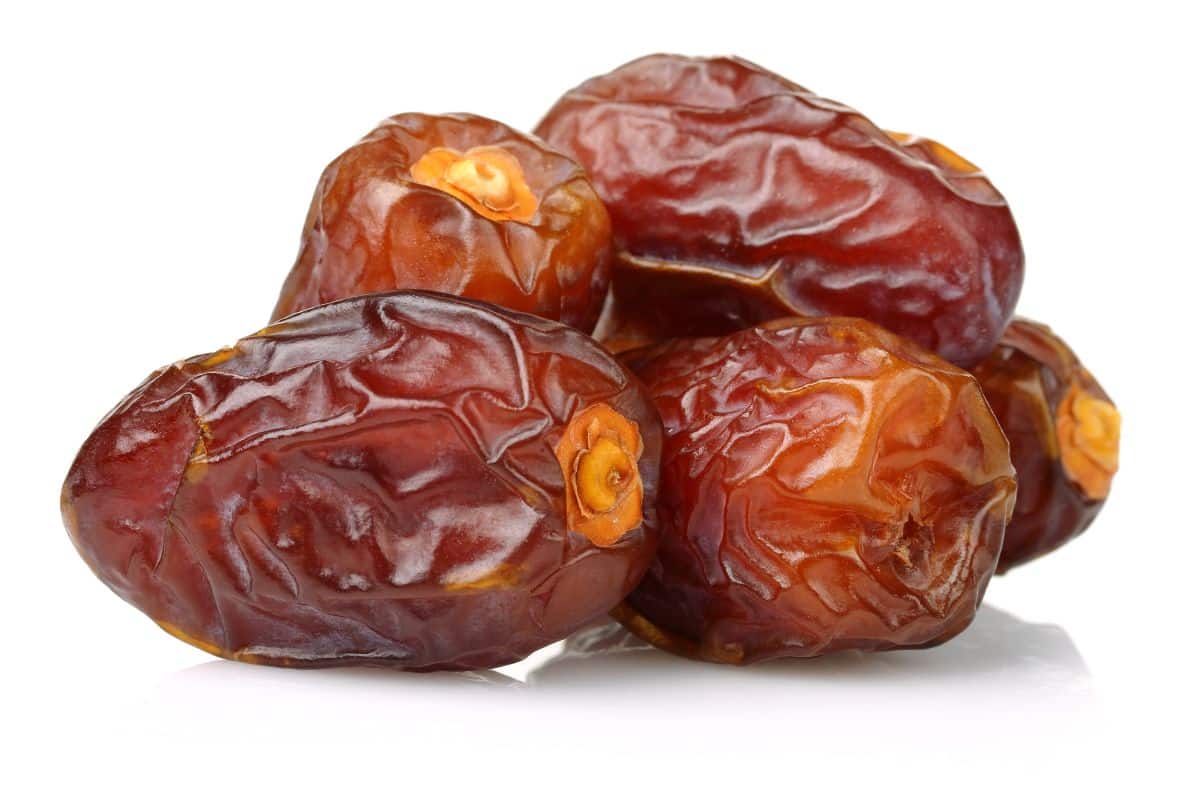
Origin: Sometimes called Thamar, Umelkor, or Amir Hajj dates, Dayri are primarily grown in the Middle East, particularly in countries like Saudi Arabia and Iraq.
Appearance & Flavor: They are large, elongated dates with thick, wrinkled skin and a dark brown to black color. Dayri dates have a rich, caramel-like flavor with a soft and fleshy texture. They are moderately sweet and have a pleasant nutty undertone.
Uses: They are often enjoyed regionally as a natural energy snack, but can also be used in baking, cooking, or as an ingredient in date-based sweets and desserts. Their large size makes them ideally suited for any stuffed date recipe like our Roasted Dates Stuffed with Goat Cheese.
Deglet Noor Dates
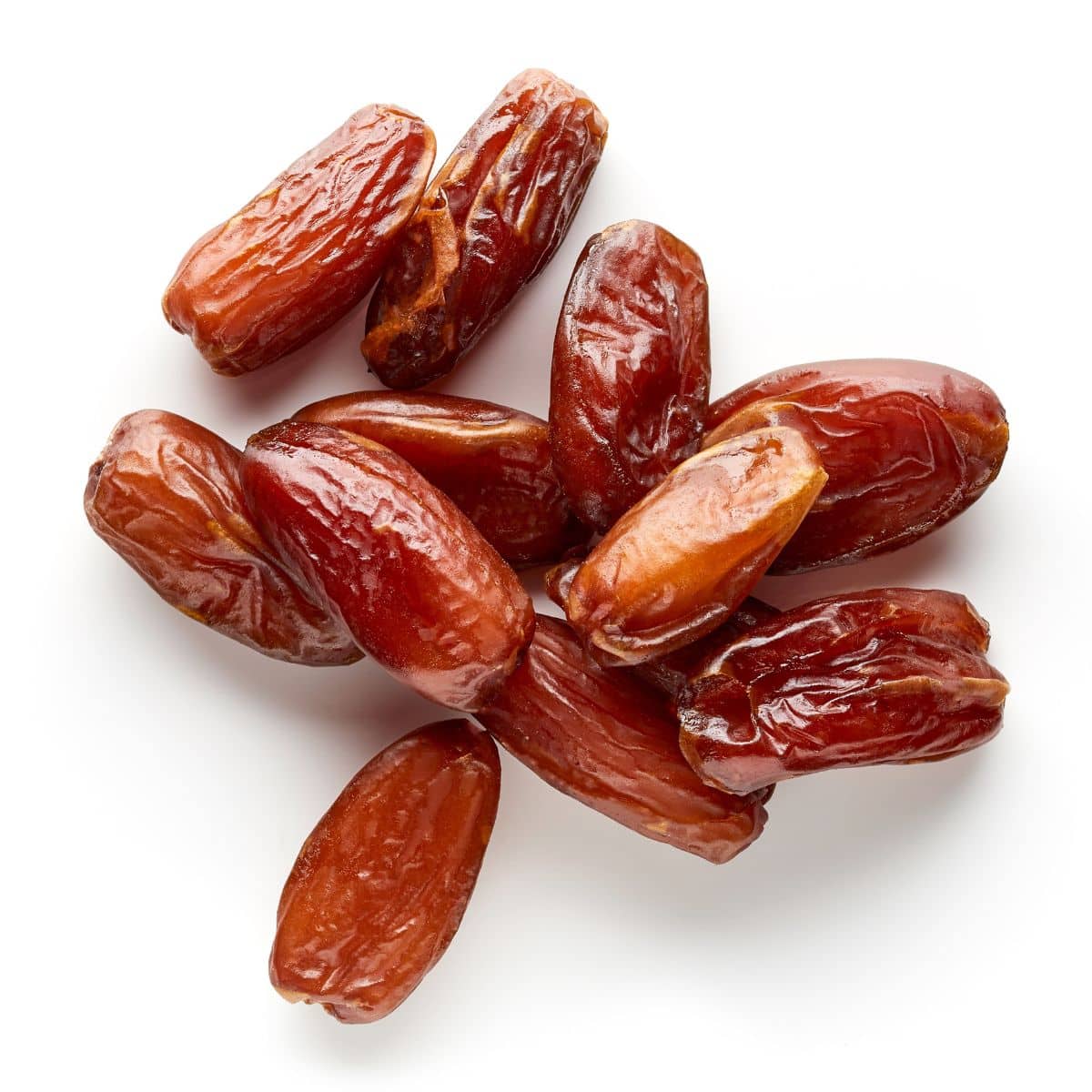
Origin: The deglet noor date also goes by the abbreviated name Deglet Nour and Tunisian Date, as they are primarily cultivated in Tunisia. They are, however, also grown in other regions including the USA.
Appearance & Flavor: These are medium-sized, elongated dates with a smooth and translucent amber-colored skin. Their name translates to “date of the light” due to their amber color. Deglet Noor dates have a delicate and mildly sweet flavor with a slightly nutty taste. They have a firm texture and are not overly sticky as you probably know many dates are.
Uses: Deglet Noor dates are the second most sold date in US Groceries, and probably the variety you get if you purchase pre-pitted dates. They are versatile and can be consumed as a snack, used in baking, or added to salads, cereals, and granola bars. They are also popular for making date syrup or date paste. So, you can pretty much use deglet noor in any date application.
Fardh Dates
Origin: Also known as Fard Dates, Fardh dates are primarily grown in Saudi Arabia and Oman.
Appearance & Flavor: Fardh dates are medium to large in size and have an elongated shape. They have a smooth and glossy skin, that ranges in color from amber to dark brown. The flesh is soft and moist. These dates have a rich, sweet flavor with caramel undertones. They are known for their natural sweetness and a subtle hint of molasses.
Uses: Fardh dates are locally consumed as a snack on their own, but they can also be used in various culinary applications. They are often incorporated into desserts like cakes.
Halawi Dates
Origin: Sometimes spelled Hallawi Date, this date is native to Iraq but is also grown in other Middle Eastern countries and some regions of California.
Appearance & Flavor: Halawi Dates are small to medium in size and have an oblong shape. They have a dark brown color and a soft, chewy texture. Halawi Dates are known for their rich, honey-like flavor with notes of caramel.
Uses: Their satisfyingly sweet caramel flavor is perfect for using them in Homemade Salted Date Caramel. Which is great for dipping apple or pear slices!
Harmony Dates
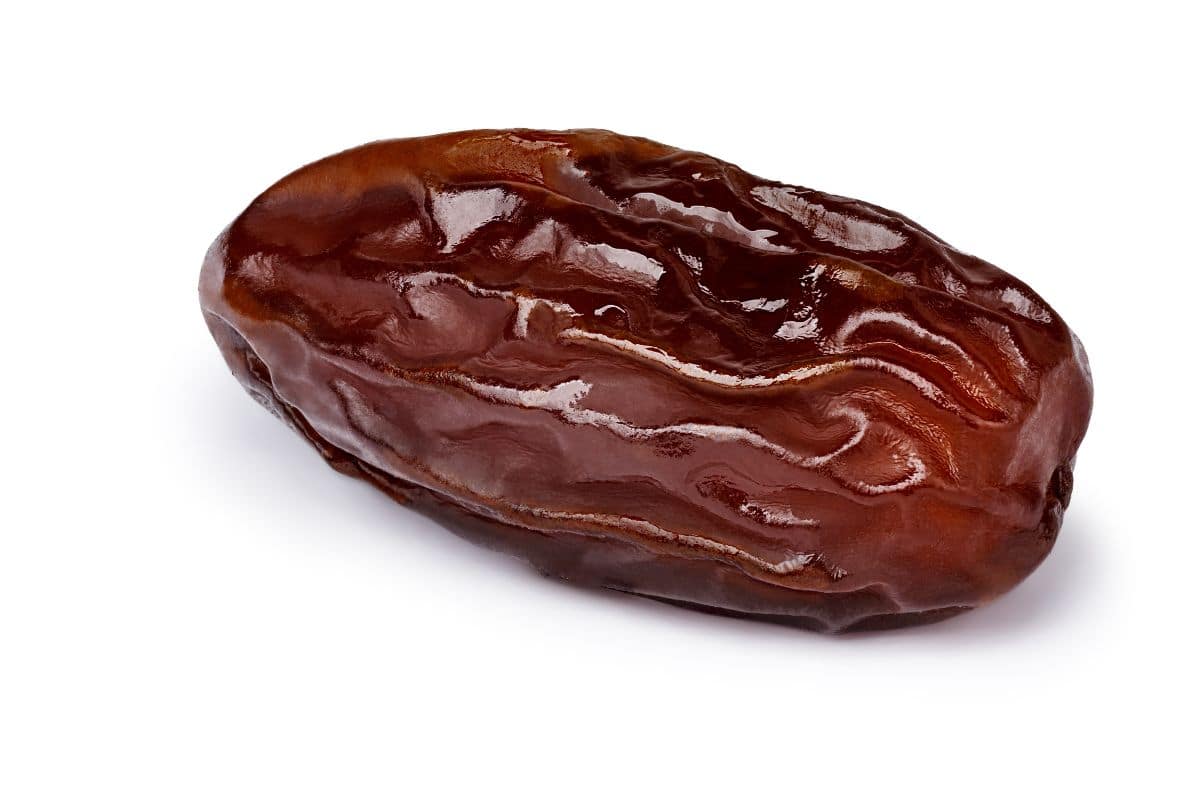
Origin: The Harmony date is a cultivar from Saudi Arabia that is also grown in California.
Appearance & Flavor: They are medium-sized and oval-shaped with a dark brown color and a soft, moist texture. Harmony dates are exceptionally sweet with a luscious syrupy flavor. They have a smooth and creamy consistency.
Uses: Harmony Dates are often eaten raw as a naturally sweet treat, but are also good to use as a natural sweetener and thickener in smoothies. People often add them to oatmeal or yogurt, but they will serve you well in any baking recipe you want to come out on the sweet side. Try them in Chewy Date Cookies.
Hayani Dates
Origin: The Hayani date hails from Saudi Arabia. It is a medium-sized and almost cylindrical fruit with a soft texture and a golden-brown color.
Flavor: These dates are known for their rich, caramel-like flavor and are often considered one of the finest varieties. Hayani dates have a sweet and syrupy taste with hints of caramel and honey. They are lusciously smooth and have a melt-in-your-mouth quality.
Uses: Hayani dates are commonly enjoyed as a snack on their own. They can also be used in various culinary preparations, such as desserts, cakes, bread, and pastries. Additionally, they are sometimes stuffed with nuts or used in date-based chutneys or sauces. Saudi Arabia doesn’t just produce oil!
Indian Dates
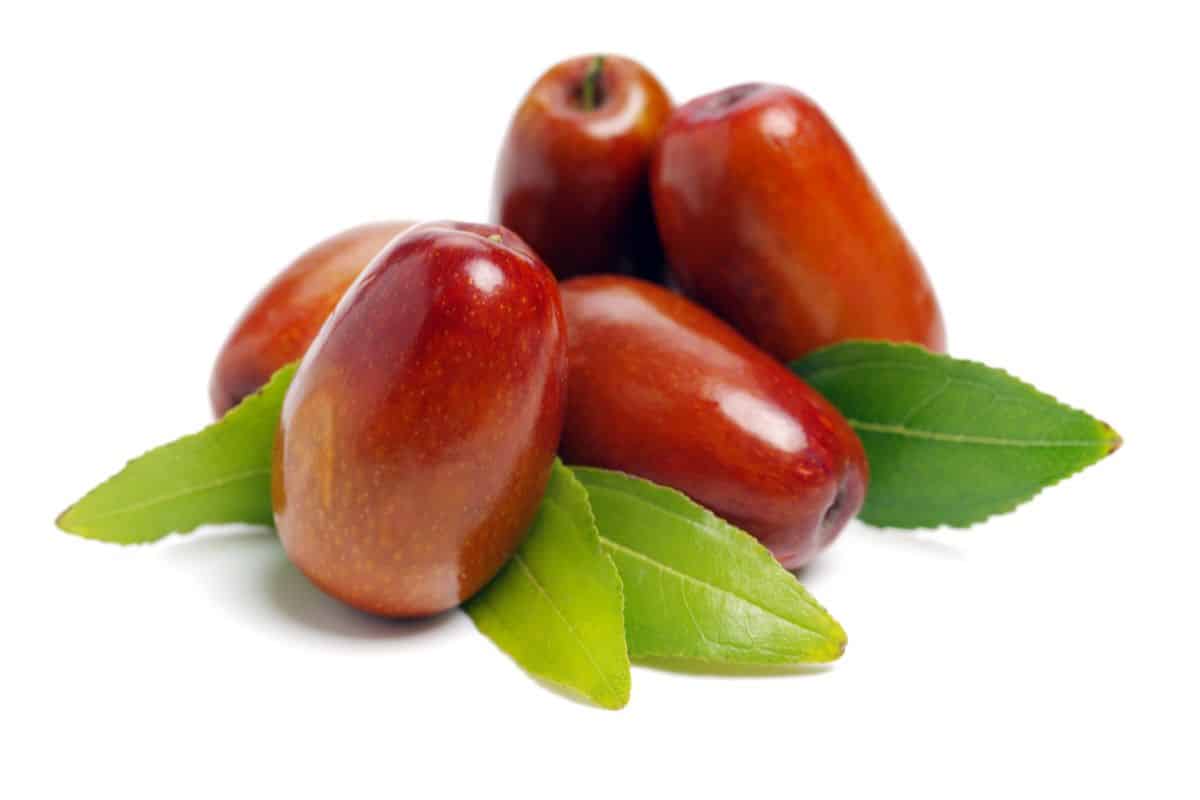
Origin: Also known as the Khajur Date, this date, as its name would suggest, comes from India. Indian dates are widely cultivated across different regions of India.
Appearance & Flavor: Indian dates are small to medium-sized dates with a dark brown to black color. They have a soft and chewy texture and are slightly wrinkled. Indian dates have a sweet and mildly tangy flavor. They are less sugary compared to some other varieties and have a subtle caramel taste. The texture is slightly fibrous but still tender.
Uses: Indian dates are extensively used in Indian cuisine, particularly sweet preparations such as ladoos (sweet balls). They can be incorporated into smoothies, milkshakes, or used as a natural sweetener in dishes. If you can find them at a specialty or international market, they would be great in this Healthy Date Shake.
Iteema Dates
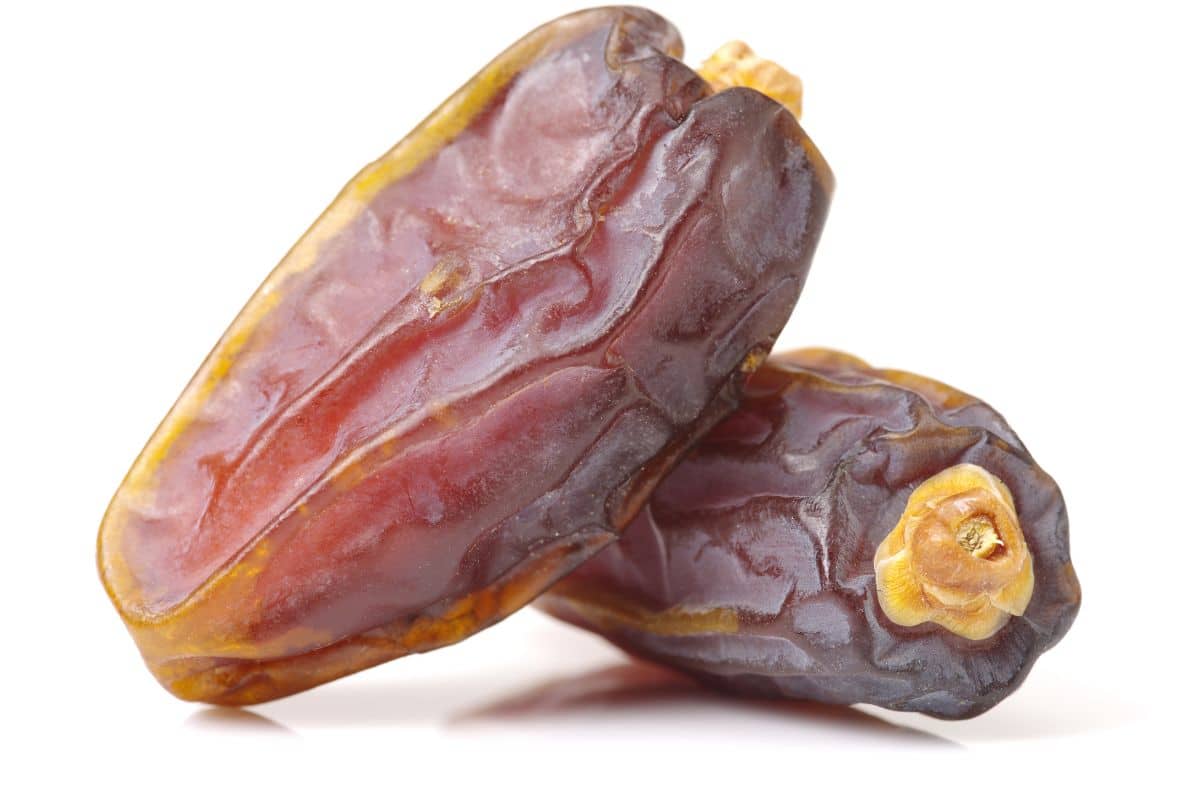
Origin: Sometimes referred to as Ithema or Athema dates, this variety hails from The United Arab Emirates.
Appearance & Flavor: Iteema dates are small to medium-sized dates with a reddish-brown color. They have a soft and moist texture, and the skin may appear only slightly wrinkled. The flesh is juicy and tender. Iteema dates are known for their exceptionally sweet taste. They are intensely sugary with a rich, syrupy flavor and notes of caramel and honey.
Uses: The sweetness is often balanced by a subtle tanginess. Iteema dates are great in any date recipe you want to be really sweet. These Chewy Date Cookies, for example.
Kalmi Dates
Origin: Kalmi dates are primarily grown in the Middle East, particularly Iran.
Appearance & Flavor: They are large-sized dates with a deep amber to dark brown color. They have a soft and juicy texture, making them a regional favorite with some. Kalmi dates have a sweet and succulent flavor with a slight hint of acidity. They are known for their rich taste and are considered one of the sweetest varieties of dates.
Uses: Kalmi dates are often consumed as a standalone snack due to their delectable taste. They are also commonly used in baking, especially in pastries, bread, and cakes.
Kenta Dates
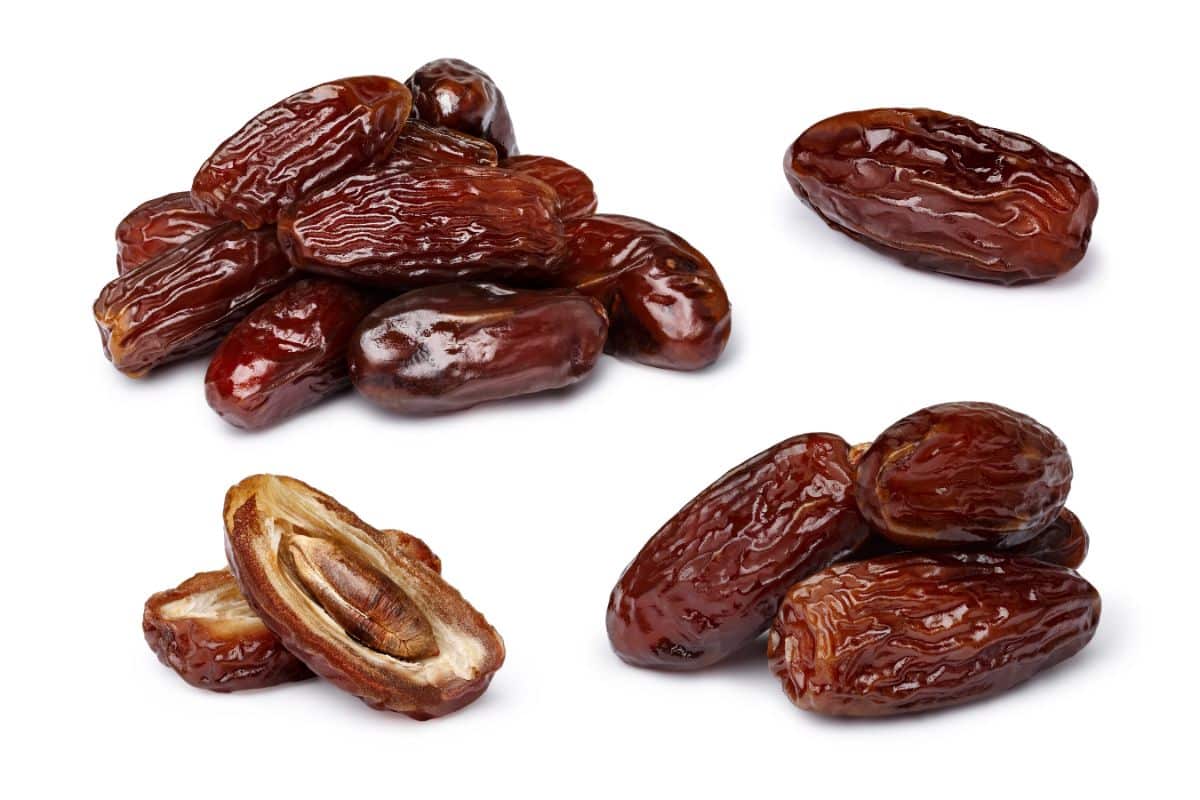
Origin: Kenta dates, also known as Ajwa dates, are a type of date that originated in the Arabian Peninsula, particularly in Saudi Arabia. They are highly revered and are considered to be a specialty of the region.
Appearance & Flavor: Kenta dates are small to medium-sized dates with a dark brown to black color. They have a soft, wrinkled texture, and are moist and chewy, making them a delightful treat. Kenta dates have a distinct, sweet flavor with notes of caramel and honey. They are known for their rich, deep taste and are often described as luscious and indulgent.
Uses: Kenta dates are commonly consumed as a chewy snack on their own. They can also be used in desserts, cakes, and bread. In some cultures, Kenta dates are stuffed with nuts or enjoyed alongside a cup of Arabic coffee. These dates are also valued for their potential health benefits and are often consumed during fasting periods.
Khadrawi Dates
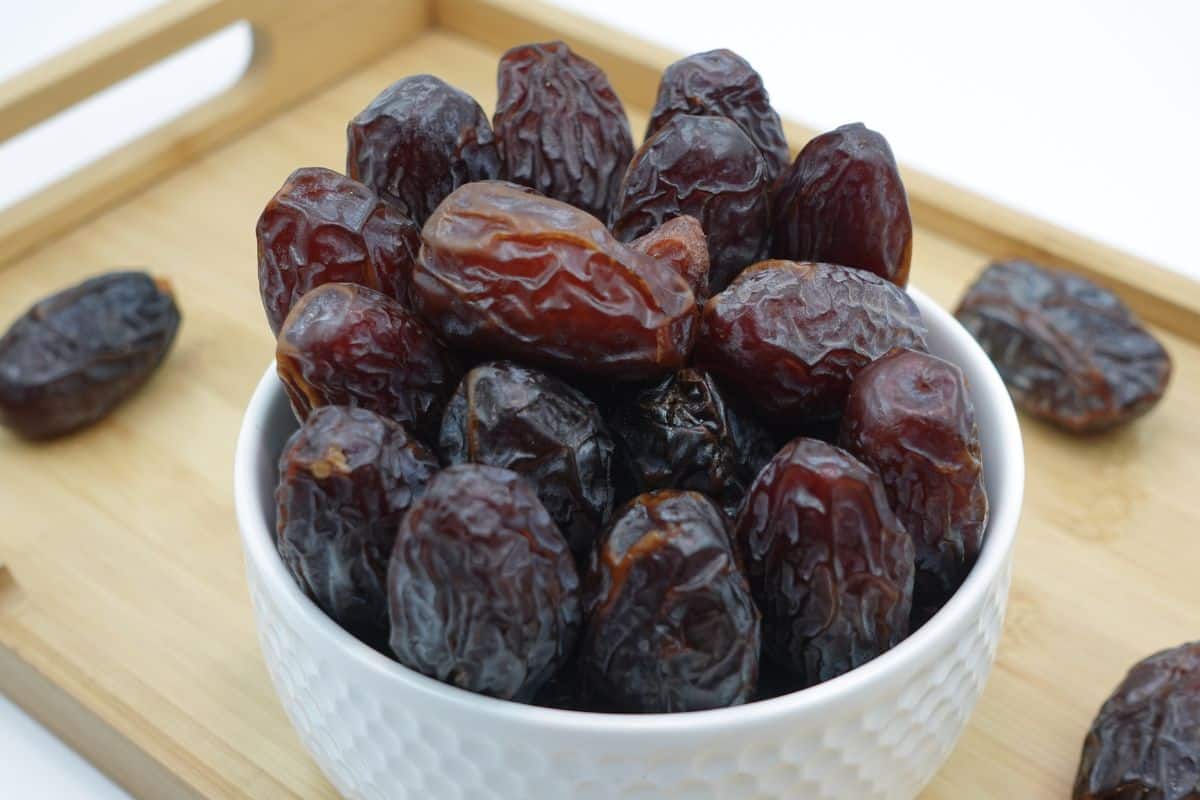
Origin: Also sometimes known as Khadrawy, Al-Khudri, or Khadrawy al-Qassim, this is another date that hails from Saudi Arabia.
Appearance & Flavor: Khadrawi dates are medium-sized with an oval shape. Their thick golden-red flesh boasts a soft moist texture. They are usually light to dark brown in color, and the flesh of Khadrawi dates is tender and sweet. Khadrawi dates are known for their rich, caramel-like flavor with hints of honey.
Uses: These sweet dates have a glossy appearance making them a good choice for charcuterie boards as their melt-in-your-mouth texture makes them readily enjoyed as a snack. They can also be used in various culinary preparations, and are commonly used in desserts, baked goods, or stuffed with nuts or cheese as a delicious appetizer.
Khajoor Dates
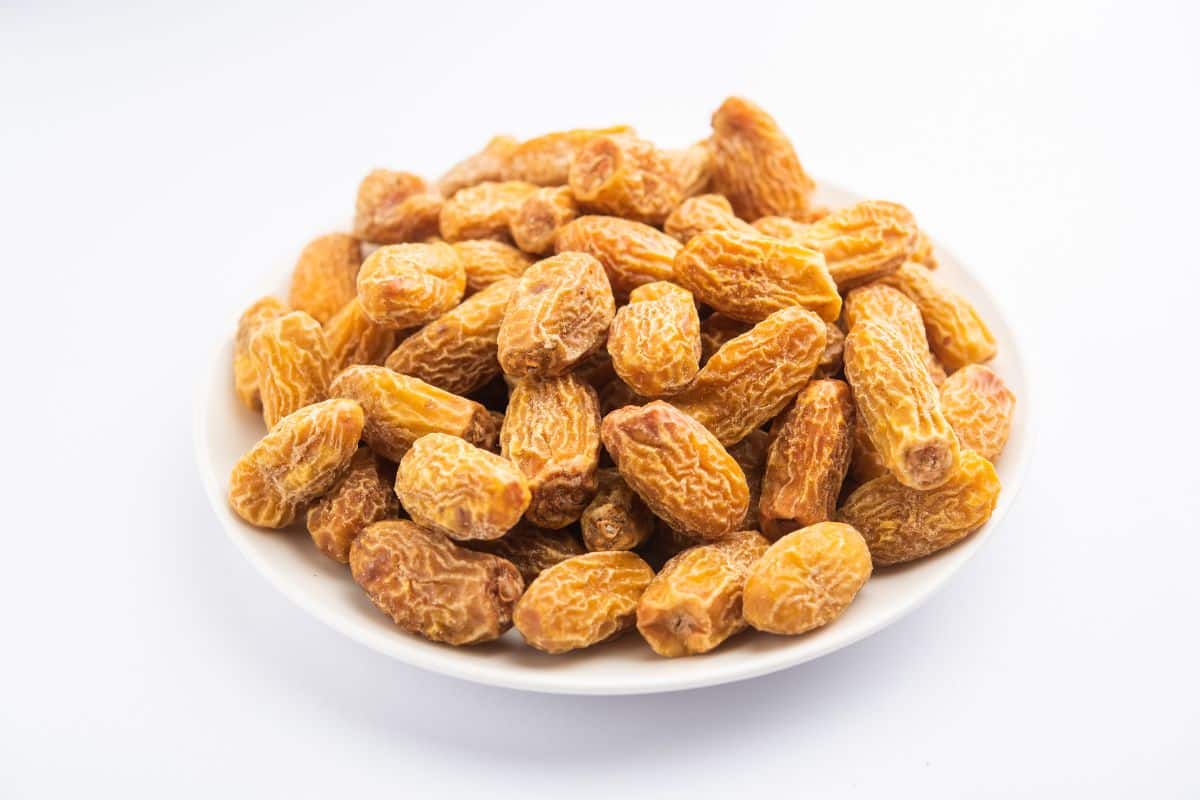
Origin: These dates are also known as Khajur or Kharjura Dates, and are native to the Middle East, including countries like Iran, Iraq, and Saudi Arabia.
Appearance: Khajoor dates come in different sizes and shapes, but they are typically oblong or almost cylindrical. They have a very wrinkled skin that ranges in color from light yellow to dark brown, depending on the ripeness.
Flavor: Khajoor dates have a sweet and chewy flesh with a slightly fibrous texture. The flavor can vary from mild and honey-like to intensely sweet, depending on the variety and ripeness.
Uses: Khajoor dates are widely consumed as a natural sweetener and energy booster. They are often eaten as a snack on their own or used in various dishes such as desserts, smoothies, and date syrups. They are also a common ingredient in Middle Eastern cuisine.
Mabroom Dates
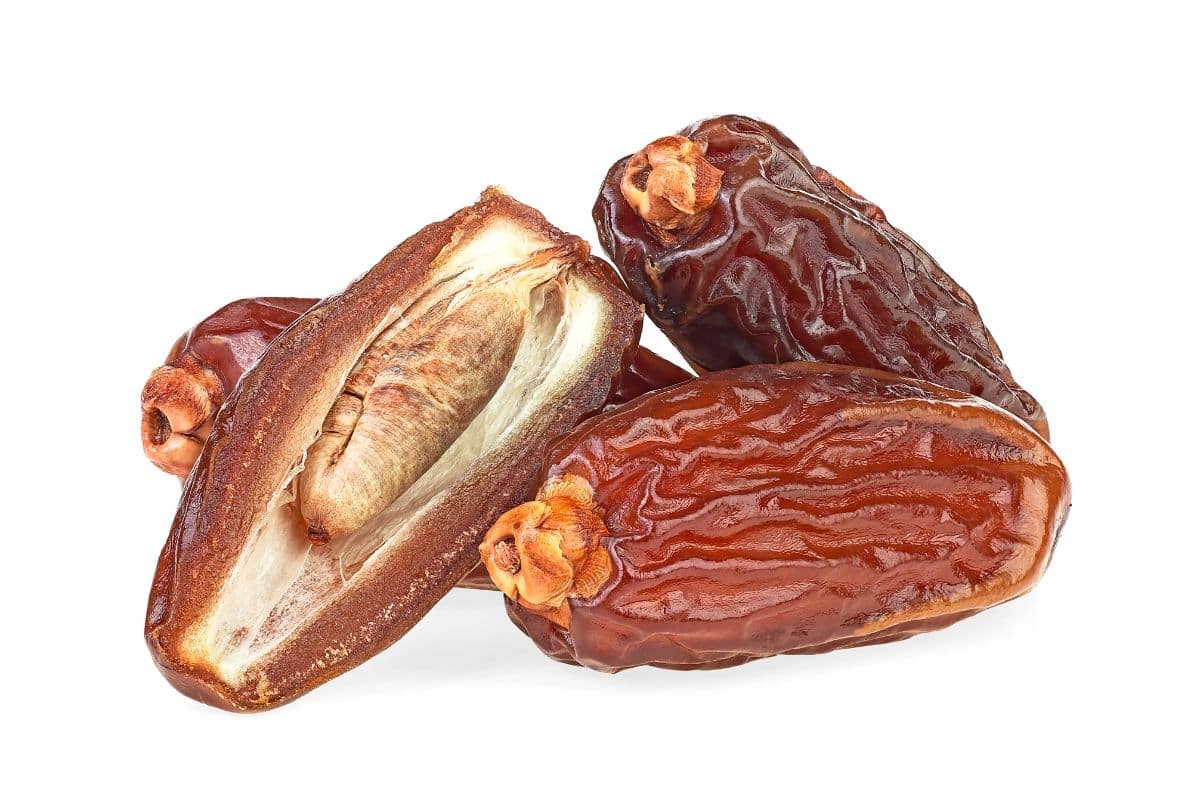
Origin: Mabroom dates are native to the United Arab Emirates and are widely cultivated in the Middle East. They are named after the city of Mabroom in Saudi Arabia.
Appearance & Flavor: Mabroom dates are medium to large-sized dates with an oblong shape. They have a reddish-brown color and a smooth, glossy exterior. The flesh of Mabroom dates is firm, but still tender, with a slightly sticky texture. These dates have a sweet and caramel-like flavor with hints of butterscotch. They are known for their well-balanced sweetness, making them enjoyable to eat.
Uses: Mabroom dates, like most others, are often eaten as a standalone snack. Due to their firm texture, they are also suitable for stuffing with various fillings like nuts, coconut, or cream cheese. These dates are also commonly used in baking, particularly in desserts, cakes, and cookies.
Mazafati Dates
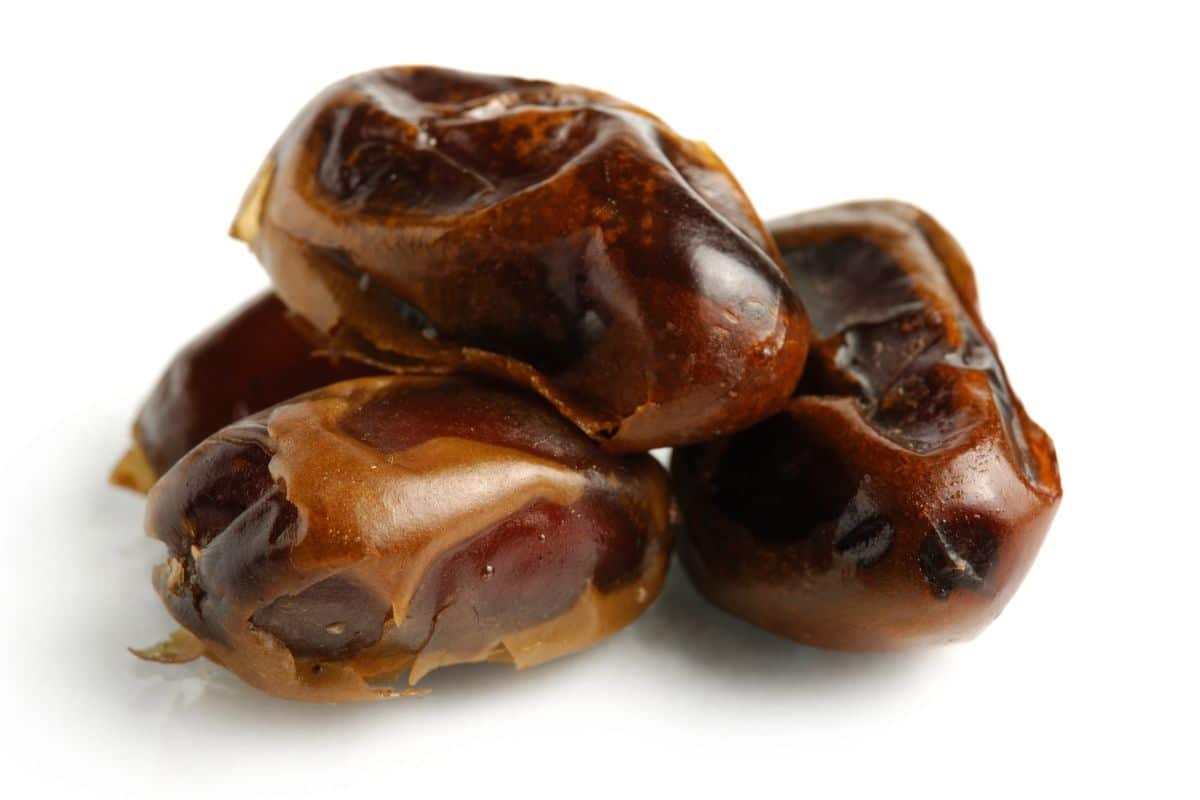
Origin: The mazafati date came from the city of Bam in Iran, but its cultivation has spread further around the Middle East.
Appearance & Flavor: These are medium-sized dates generally growing to 3-4 cm (1 – 1 ½ inches). They are dark brown with a taste of caramel and chocolate.
Uses: These are so sweet and tasty that you will probably want to just eat them right out of the bag. Or try them in a stuffed date recipe!
Maktoom Dates
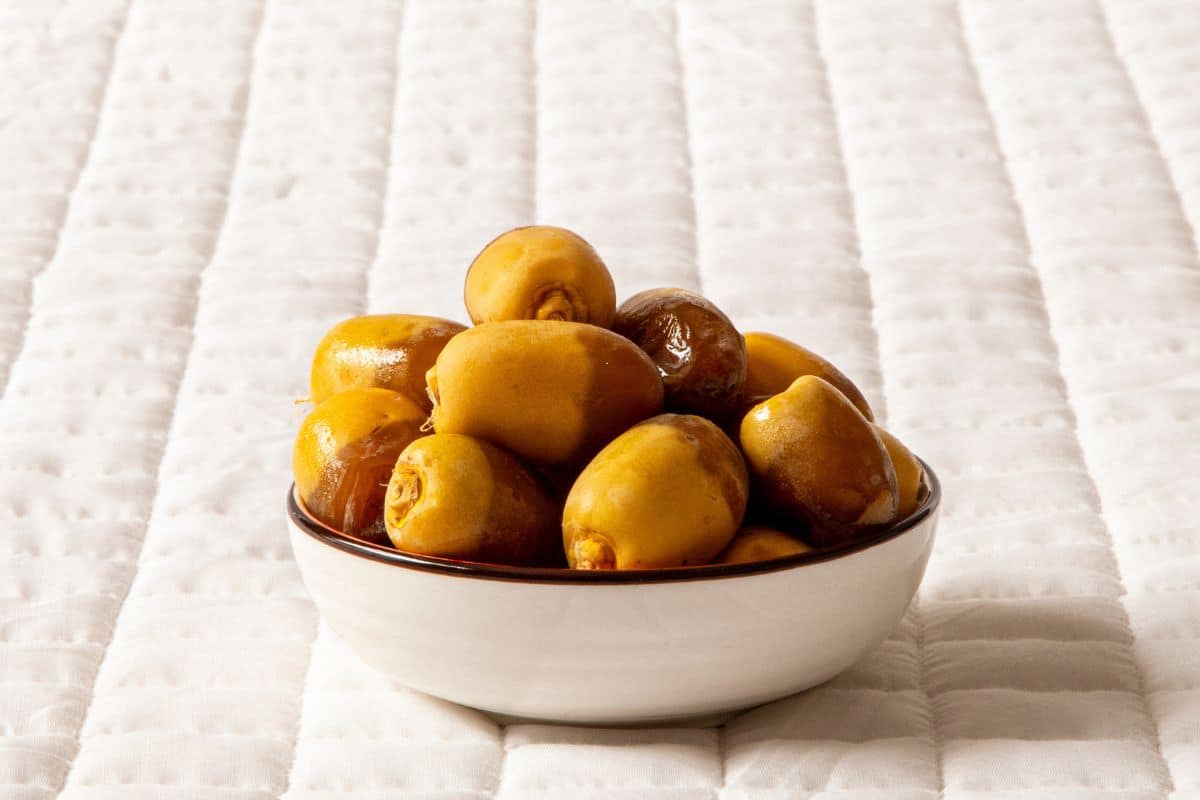
Origin: Maktoom dates are primarily grown in Saudi Arabia.
Appearance & Flavor: They are medium to large-sized fruits with a soft texture and a dark brown to black color when fully ripe. They have a thin skin and a rich, sweet flavor with hints of caramel and honey. The flesh of Maktoom dates is moist and chewy.
Uses: Maktoom dates are often eaten out of hand, stuffed with nuts, or enjoyed alongside a cup of Arabic coffee.
Medjool Dates
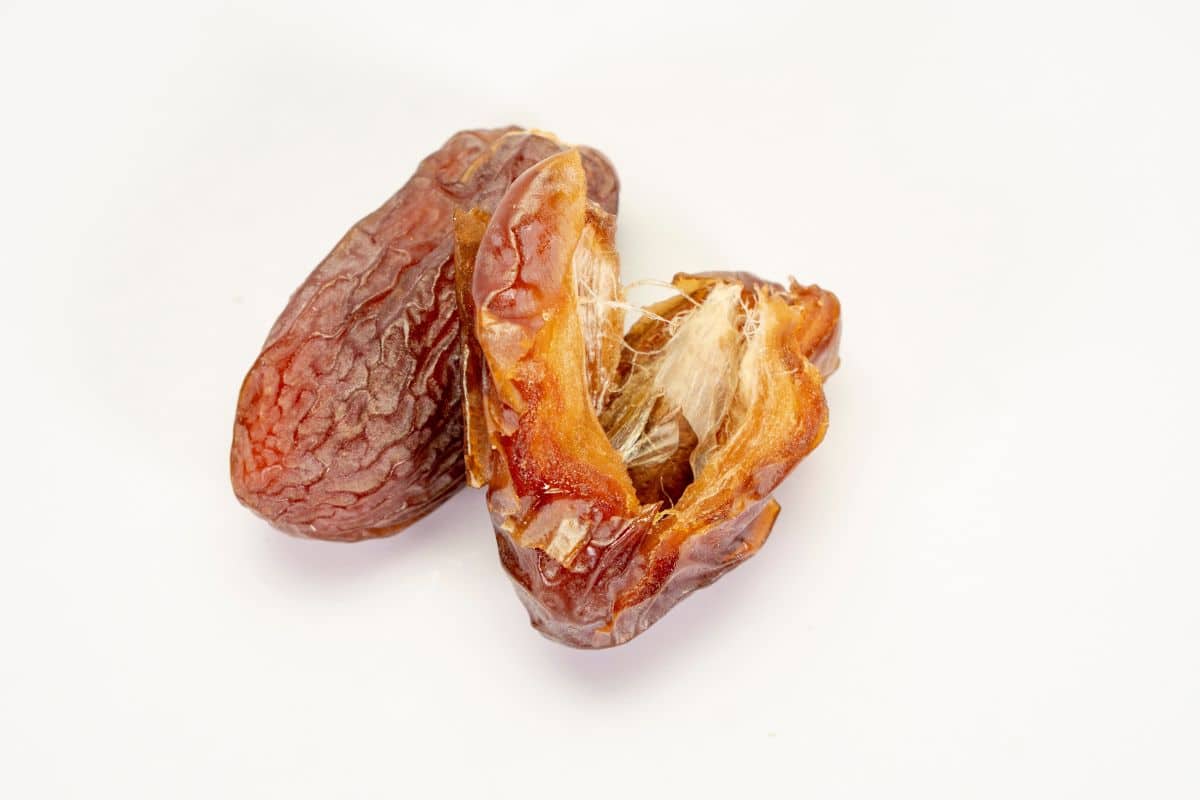
Origin: Medjool Dates are native to Morocco but are now primarily cultivated in the Middle East, specifically in Jordan, Saudi Arabia, and Israel, as well as in California and Arizona. The first Medjool date palms were brought from Morocco to Nevada in 1927, and then transplanted in Yuma Arizona sometime in the 1940’s. Six of these original trees are still alive today. Thus started America’s love with Medjool dates, the most common date variety found in American groceries.
Appearance: Medjool dates vs dates of other varieties, why are they so popular? Well, Medjools are one of the largest and juiciest date varieties available. They have a plump, oval shape and a deep amber-brown color when fully ripe. The flesh is fibrous and moist.
Flavor: Medjool Dates have a rich and sweet flavor with notes of caramel, honey, and hints of spice. There is a clear reason they are the American favorite.
Uses: Medjool Dates are highly versatile and can be enjoyed as a standalone snack or used in both sweet and savory dishes. They are commonly used in desserts, energy bars, smoothies, and even stuffed with fillings such as nuts, cheese, or chocolate. While we present a wide variety of dates in this article, you can easily use the Medjool date in any date recipe.
Migraf Dates
Origin: Migrif dates are primarily cultivated in Algeria.
Appearance: They are medium-sized fruits with a dark brown to black color. They have a soft and juicy texture, and their skin is only slightly wrinkled. Migrif dates are known for their elongated shape and slender appearance.
Flavor: Migrif dates have a sweet and succulent taste with a caramel-like flavor. They are often described as having a moist and tender flesh that is easy to chew.
Uses: They can be used as a natural sweetener in desserts, added to smoothies or shakes, or incorporated into energy bars. Migrif dates are also used in savory dishes, such as stews, to add a touch of sweetness.
Persian Dates
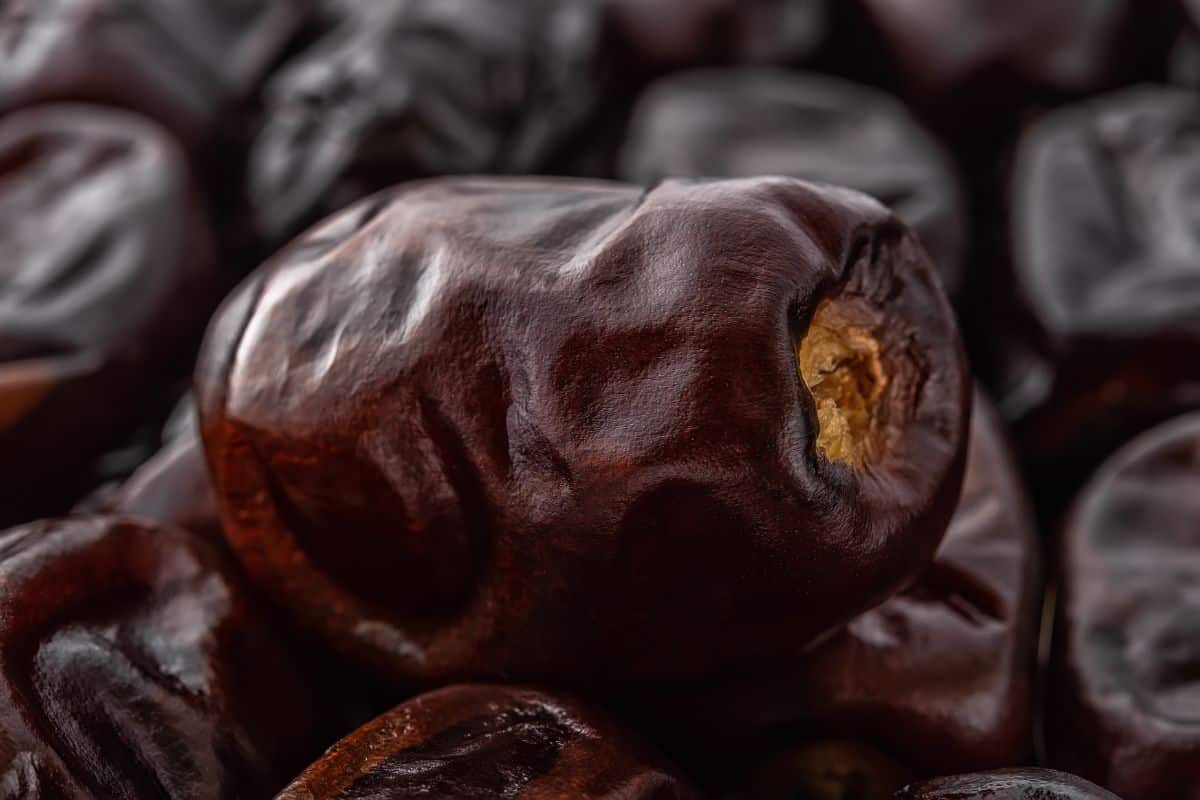
Origin: Also known as Iranian dates, Persian dates are a popular type that originated in Iran (formerly known as Persia). Persian dates have been cultivated in Iran for centuries and are considered a significant part of the country’s agricultural heritage. Iran is one of the largest producers and exporters of dates worldwide, and the southern regions of the country, such as Kerman, Hormozgan, and Sistan-Baluchestan, are renowned for their high-quality date production.
Appearance & Flavor: Persian dates are medium-sized fruits with a dark brown to blackish color. They have a soft and moist texture, which gives them a rich, almost melt-in-your-mouth consistency. The flesh of Persian dates is often described as luscious, succulent, exceptionally sweet, and having caramel-like undertones.
Uses: Persian dates have a wide range of uses in culinary applications. They can be consumed fresh, but are often used as an ingredient in both sweet and savory dishes. Persian dates are often incorporated into desserts, such as cakes and pastries. They can also be added to breakfast favorites like cereals, yogurt, or smoothies to enhance their taste and nutritional value.
Piarom Dates
Origin: Also called Maryami or Marayami Dates, they are primarily grown in Iran’s Hormozgan province.
Appearance: Piarom dates are medium to large-sized fruits with a dark brown to black color. They have a firm and chewy texture, elongated shape, shiny exterior, and wrinkled skin.
Flavor: Piarom dates have a unique and distinctive flavor profile. They are sweet with notes of toffee and chocolate, often described as having a caramel-like taste. Piarom dates have a dense and fibrous flesh that requires some chewing.
Uses: Piarom dates are highly regarded for their taste and are commonly consumed as a chewy snack. They are also used in various desserts, confections, and baked goods, such as cakes, cookies, and pastries. They are particularly high in natural fructose, most dates actually are, which makes them a good sweetening option for people with diabetes.
Rabbi Dates
Origin: The rabbi date is native to Iran, and is one of the oldest known date varieties.
Appearance & Flavor: They are medium to large dates growing to 3-5 cm (1-2 inches). These reddish black dates have a soft texture and pleasant sweet taste.
Uses: Some people believe rabbi dates are the best-tasting variety, making them best eaten fresh rather than in a recipe. These dates will likely prove hard to find. You might be able to find them in a good international market, but they aren’t even offered on Amazon.
Safawi Dates
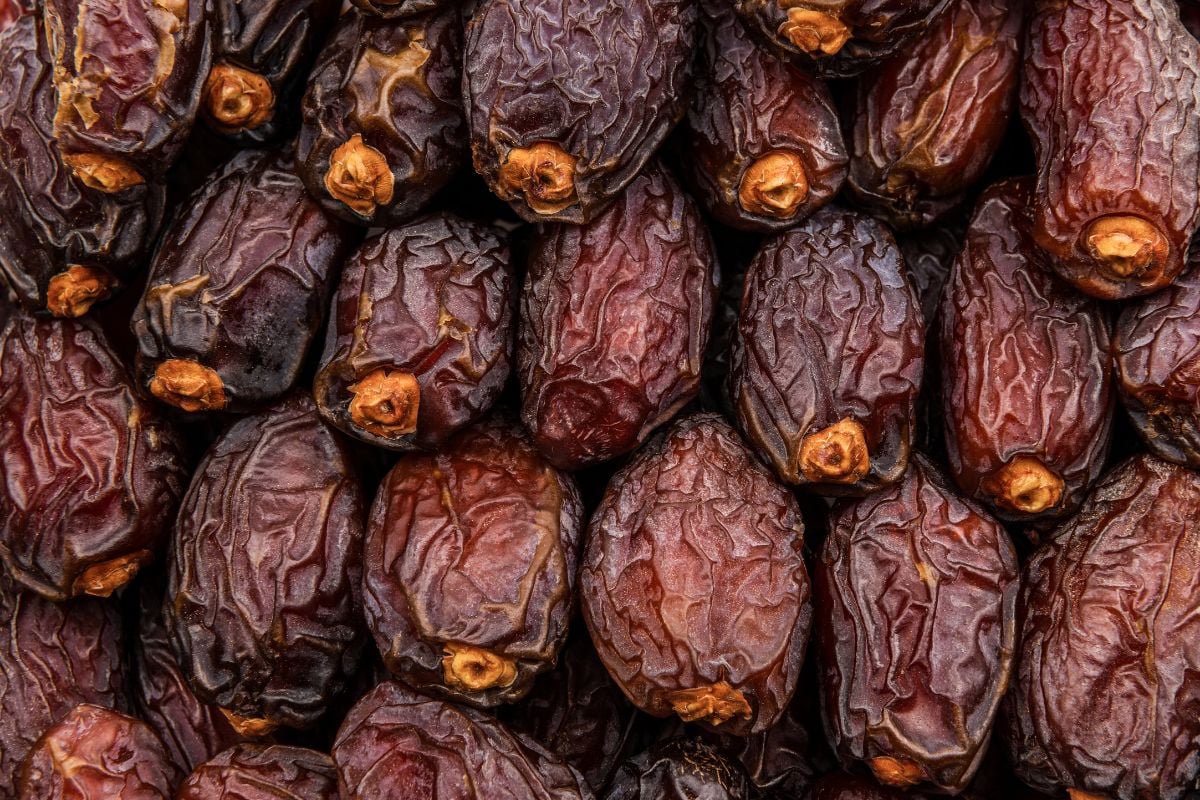
Origin: Safawi dates are primarily grown in Saudi Arabia.
Appearance & Flavor: They are medium-sized dates with a dark brown to blackish color. They have a semi-dry texture and are known for their unique wrinkled appearance. The flesh of Safawi dates is soft and chewy, and they have a rich, caramel-like taste with a hint of sweetness. They are not overly sweet and have a slightly nutty flavor.
Uses: Safawi dates are often eaten as a healthy snack, but can also be used in various culinary preparations such as pastries and cakes. Additionally, they are sometimes stuffed with ingredients like nuts, cream cheese, or chocolate for a delightful treat.
Sayer Dates
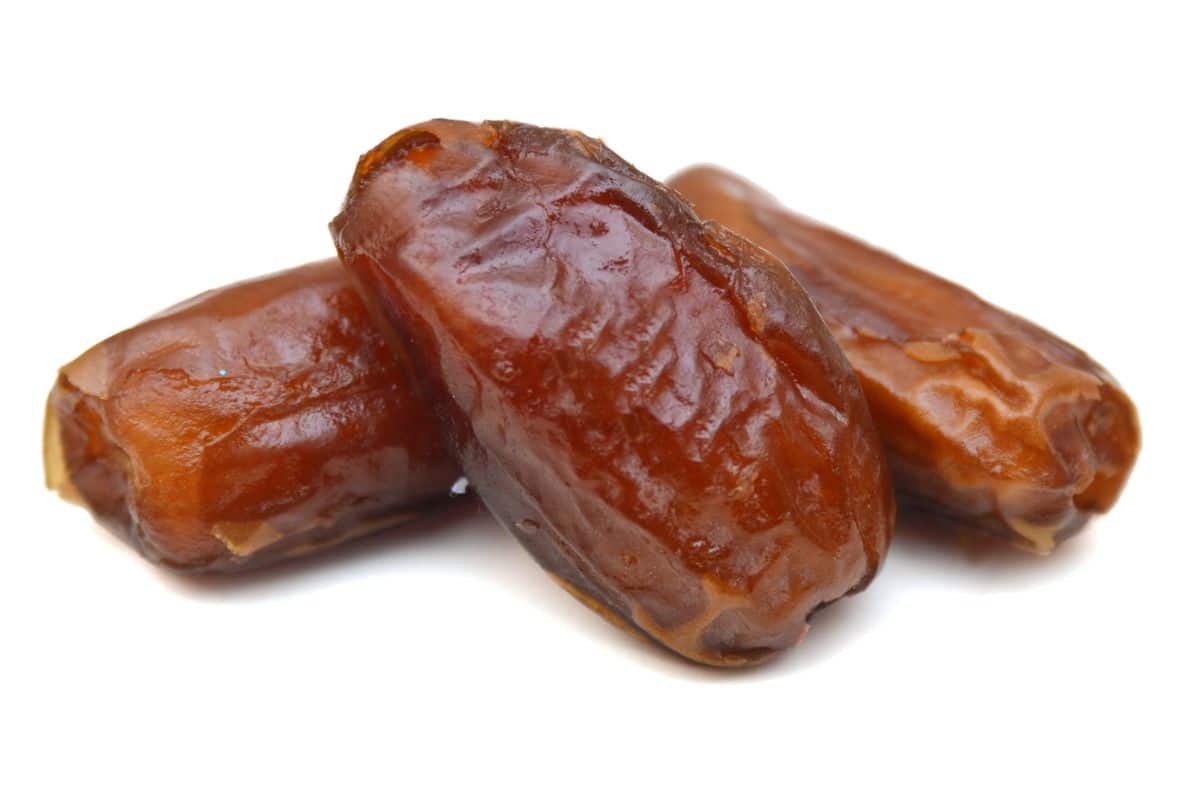
Origin: These dates are native to the Middle East, but we aren’t quite sure where, probably Iran.
Appearance & Flavor: They are medium-sized at around 2.5 -4 cm (1 – 1 ½ inches) with a reddish to dark brown color. Sayer dates are semi-dry dates with a soft texture and sweet flavor.
Uses: Sayer dates are reportedly one of the easier dates to pit. If you have tried this with various types, you know you can end up with a sticky mess and not so pretty pitted date for your efforts. This makes them a good option in pitted date recipes like Roasted Dates Stuffed with Goat Cheese.
Sukkari Dates
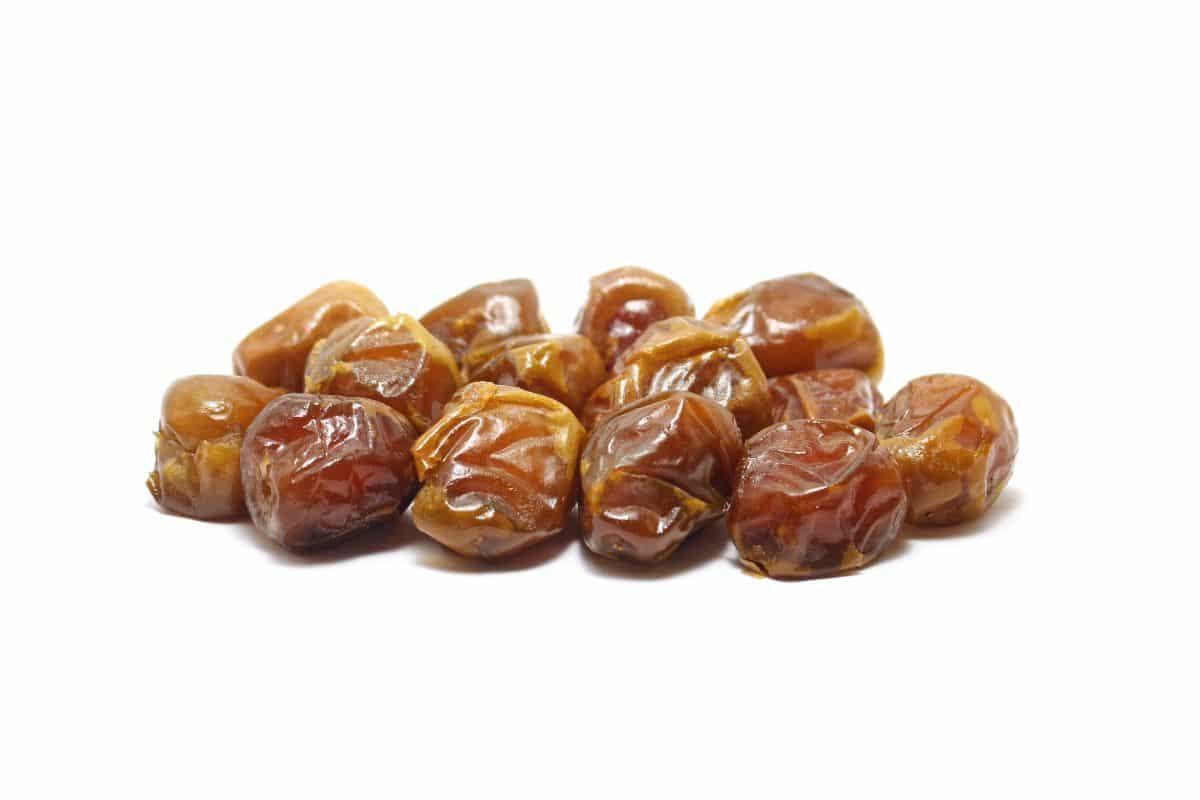
Origin: The Sukkari date is also known as the Sugar Date, and is sometimes spelled Sukkary or Sukari. Sukkur translates to sugar from Arabic. They are of Saudi Arabian origin, and are large, oval-shaped dates with a golden-brown color.
Flavor: They have a soft and chewy texture with a sweet caramel-like taste having hints of toffee and butterscotch. The flesh is generally moist and tender.
Uses: The sweetness of sukkari dates makes them a popular ingredient in Middle Eastern and Mediterranean cuisine. In the US they can be used in all the same culinary applications as you might the medjool date.
Thoory Dates
Origin: The thoory date is also known as the Bread Date due to its hard dry skin. This date is native to Iraq, and is a medium-sized date with a deep brown to black color.
Appearance & Flavor: They have a semi-dry texture and a slightly wrinkled exterior. The flesh is firm and chewy. Thoory dates have a unique flavor profile that combines sweetness with a pleasant nuttiness. They are less sweet compared to some other varieties, with a mild caramel-like taste and perhaps a hint of bitterness.
Uses: Thoory dates can be enjoyed on their own or used in both sweet and savory dishes. Thoory dates are often used in stuffed date recipes.
Zahidi Dates
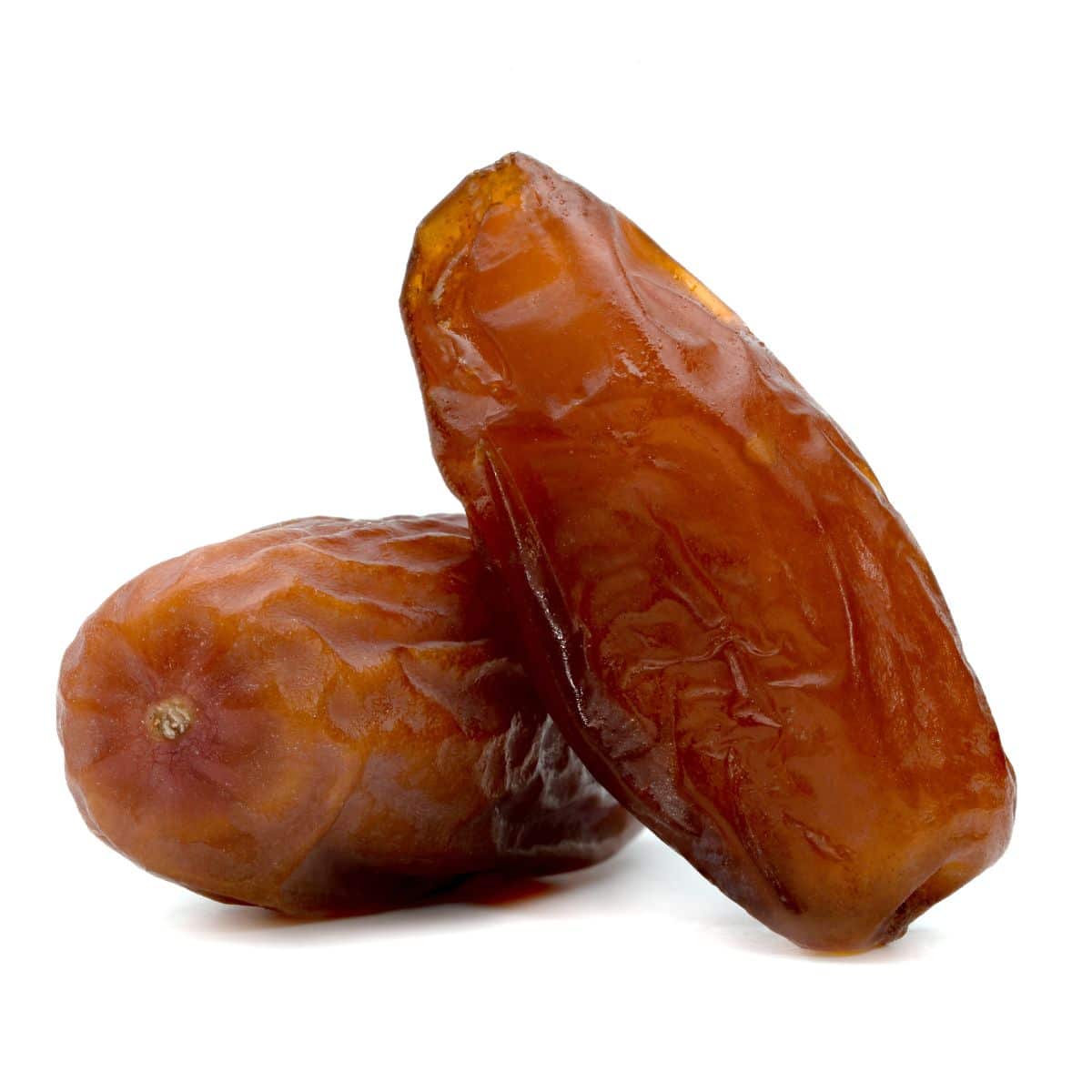
Origin: Zahidi Dates are native to Iran but are now cultivated in several countries across the Middle East, including Saudi Arabia and Iraq.
Appearance & Flavor: They are medium-sized, with a light golden or yellowish color. They have a firm chewy texture and a relatively drier consistency compared to other types of dates. Zahidi dates are mildly sweet with a slight nuttiness with a hint of peanut butter taste.
Uses: Zahidi Dates are commonly used in cooking and baking in recipes calling for a less sweet date. They can be incorporated into a variety of recipes, such as cakes, bread, and salads. They can also be enjoyed as a snack.
That pretty well wraps up our in-depth look at kinds of dates. We hope you found something you can use, and as always happy cooking!
Trivia Answer
The word daktylos means “finger”!
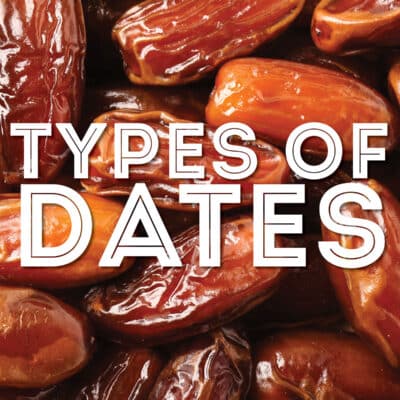
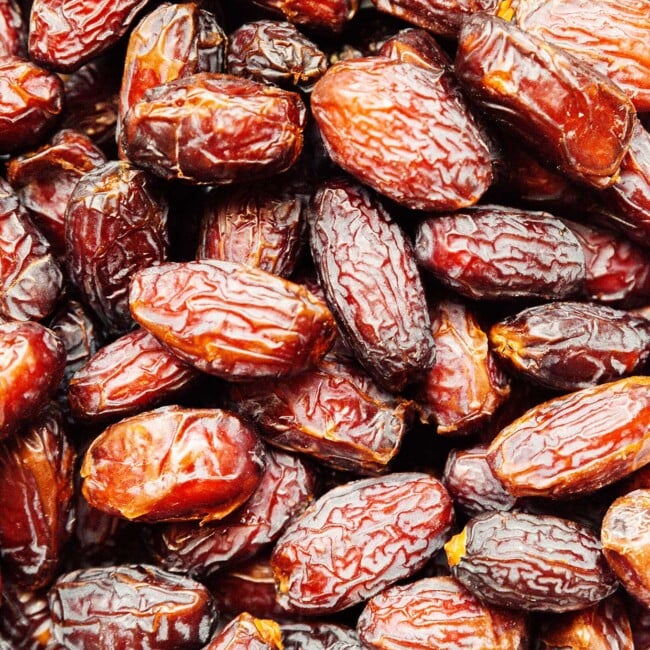
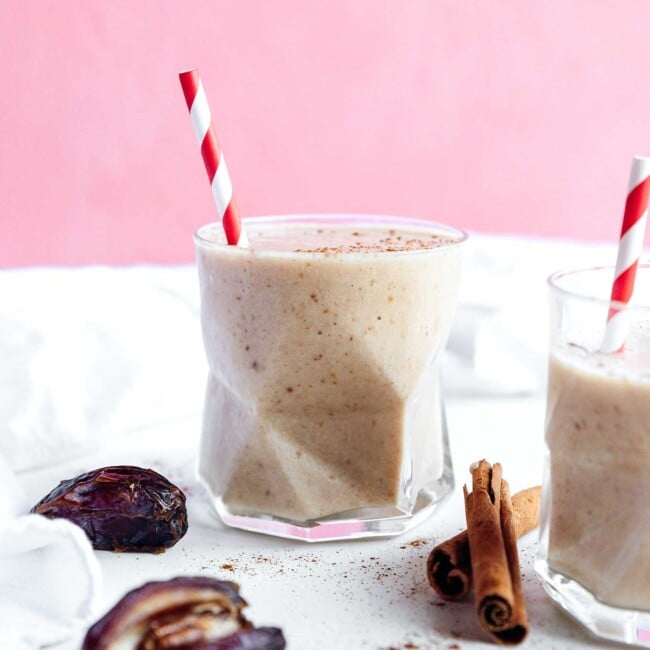
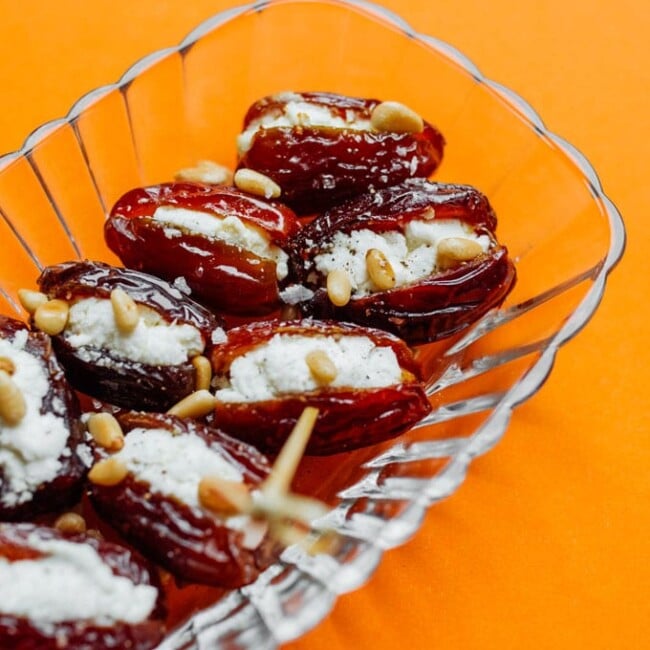
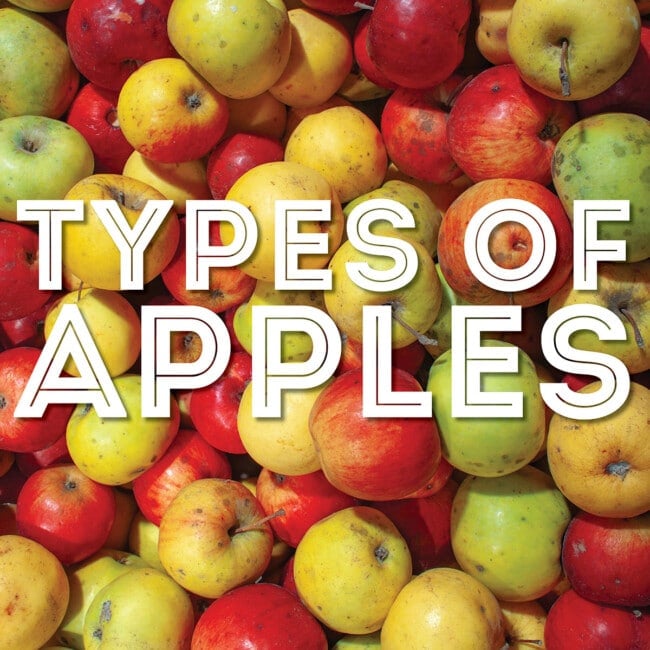
Leave a Comment